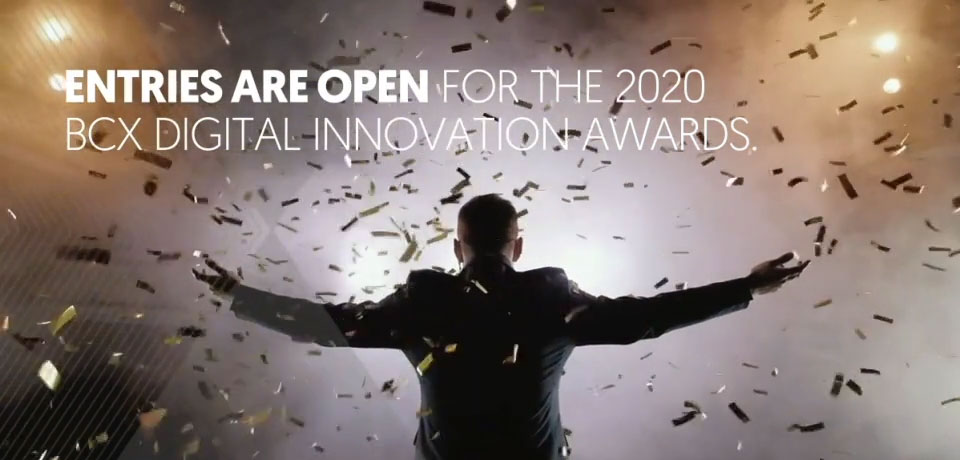
Walking the tightrope: balancing authenticity and AI in the digital age
Artificial intelligence is transforming the way we work, communicate, and create. From automating routine tasks to analysing vast amounts of data, AI is helping professionals and organisations work faster, smarter, and more efficiently. It is no longer a tool of the future; it is part of our everyday work.
But as AI becomes more deeply integrated into how we operate, a critical question arises: how do we leverage its capabilities to enhance what we do, without losing the authenticity that defines us as individuals and as organisations?
In a world where trust is currency, authenticity matters more than ever. Customers, partners, and colleagues want to engage with real perspectives, not algorithmic outputs. They want to hear the stories, experiences, and values that make each of us – and the organisations we represent – unique. Authenticity is not just a nice-to-have; it is the foundation of credibility, meaningful engagement, and long-term relationships. Without it, even the most advanced technology risks leaving interactions feeling hollow, transactional, or disconnected.
At the same time, AI offers clear, tangible advantages:
-
- Efficiency – automating repetitive tasks, freeing up time for strategic thinking and creative problem-solving.
- Insight – processing complex information to reveal trends, patterns, and opportunities that may otherwise go unnoticed.
- Creativity – assisting in idea generation, structuring content, and improving clarity and presentation.
The challenge is not whether we should use AI, but how we should use it. The most effective leaders and communicators will be those who integrate AI thoughtfully into their workflow, allowing it to amplify their natural voice rather than replace it. Achieving this balance requires intentional action:
-
- Start with your perspective – let AI refine and support your ideas, not define them.
- Add the human layer – personal stories, insights, and context make communication relatable and memorable.
- Be transparent – openly acknowledging the role of AI builds trust and confidence, rather than suspicion.
In practice, this could mean using AI to analyse customer feedback, draft a first version of a report, or generate creative options for a campaign. But the final interpretation, nuance, and tone remain human decisions. It’s about harnessing technology to expand our capacity without losing our identity or connection with others.
The future belongs to leaders and organisations who can balance the human and the digital. Technology should enable our voice, not replace it. Those who master this combination will communicate more effectively, build stronger relationships, and inspire teams in ways that AI alone cannot achieve. The organisations that embrace this approach will not only gain speed and scale but also maintain authenticity, trust, and meaningful engagement – all of which are essential to thriving in today’s digital age.
Ultimately, AI is most powerful when it works with us, not instead of us. By leveraging technology responsibly and intentionally, we can unlock new possibilities without sacrificing the human connection that lies at the heart of leadership, communication and innovation.










